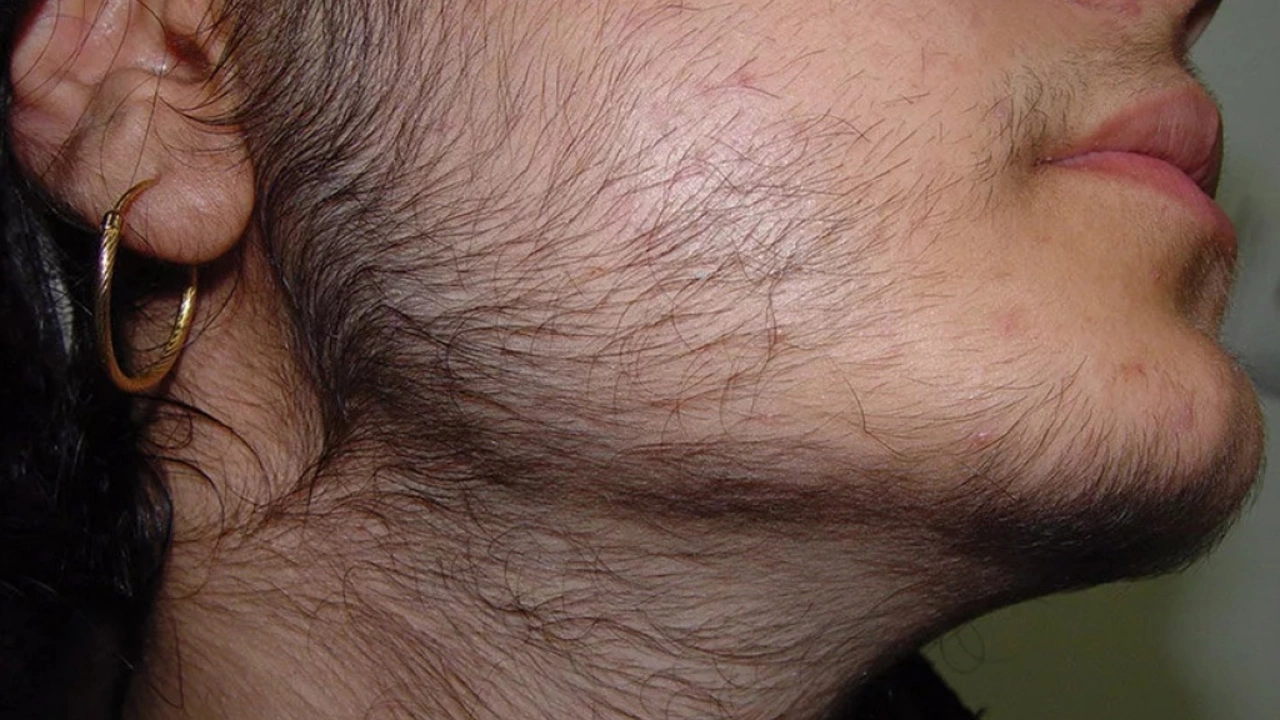Body Hair: What You Should Know to Care for It Right
Body hair isn’t just about appearance; it plays a role in protecting your skin and regulating body temperature. But sometimes, you might want to manage it better—whether that's trimming, shaving, or dealing with unexpected hair growth. Understanding how body hair grows and the basics of caring for it can make a big difference.
First off, did you know that body hair growth varies a lot between people? Factors like hormones, genetics, and age shape where and how much hair you have. For example, higher levels of androgens can lead to coarser hair on areas like the chest or back, especially in men, while women may notice changes during hormonal shifts like pregnancy or menopause.
Practical Tips for Managing Body Hair
If you’re looking at hair removal, there are several options—shaving, waxing, laser treatments, and hair growth inhibitors. Each has its pros and cons. Shaving is quick but can cause irritation or ingrown hairs. Waxing lasts longer but can be painful if you have sensitive skin. Laser treatments offer a more permanent solution but take time and can be expensive. Always patch test new methods on a small skin area to avoid nasty reactions.
When grooming, it’s crucial to care for your skin alongside your hair. Moisturizing and exfoliating help keep skin smooth and prevent common annoyances like razor bumps. Using gentle products that suit your skin type minimizes irritation and keeps your skin healthy.
When Body Hair Signals a Health Issue
Sometimes, changes in body hair can point to underlying health problems. For instance, sudden excessive hair growth (hirsutism) in women may signal hormonal imbalances like polycystic ovary syndrome (PCOS). Meanwhile, patchy hair loss might be a sign of autoimmune conditions or nutrient deficiencies. If you notice unusual changes, it’s a smart idea to check in with a healthcare provider to get to the root cause.
Remember, body hair is natural and varies widely. Whether you embrace it or prefer to manage it, understanding it helps you make choices that feel right for you. Armed with the right info and care tips, your body hair can be exactly how you want it—healthy and hassle-free.

Hirsutism and Body Hair: A Historical Perspective
In today's blog post, we're taking a look at hirsutism and body hair from a historical perspective. It's fascinating to see how perceptions of body hair have shifted over time, with different societies and cultures placing their own values on hairiness. For example, ancient Egyptians and Romans were known to remove body hair, while in medieval Europe, hair was often seen as a sign of sensuality and fertility. In more recent history, the 20th century saw the rise of hair removal as a beauty standard, especially for women. Overall, our relationship with body hair has been shaped by a complex interplay of factors such as religion, social status, and beauty ideals.